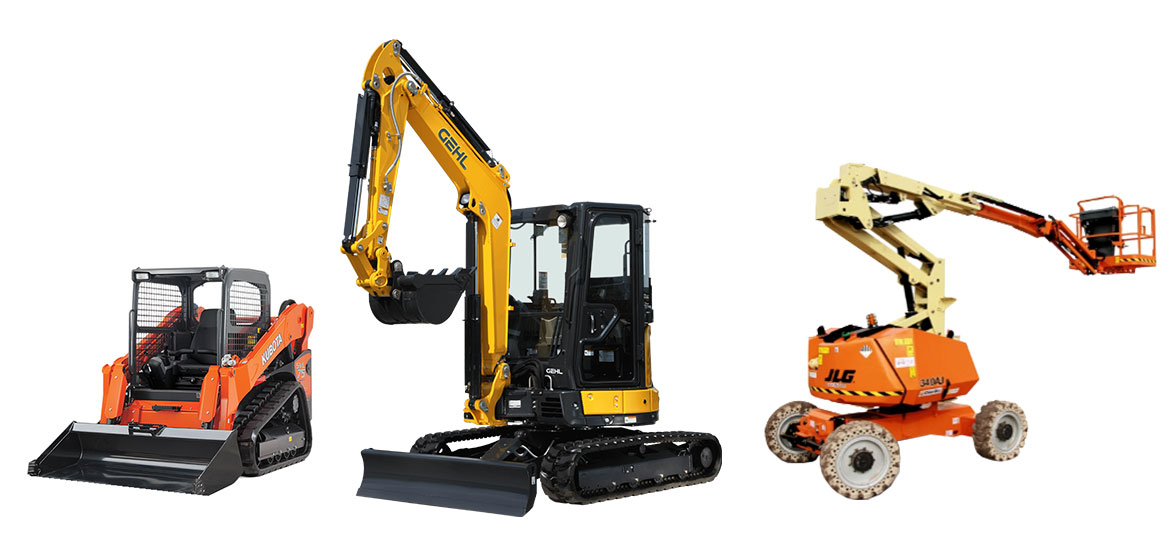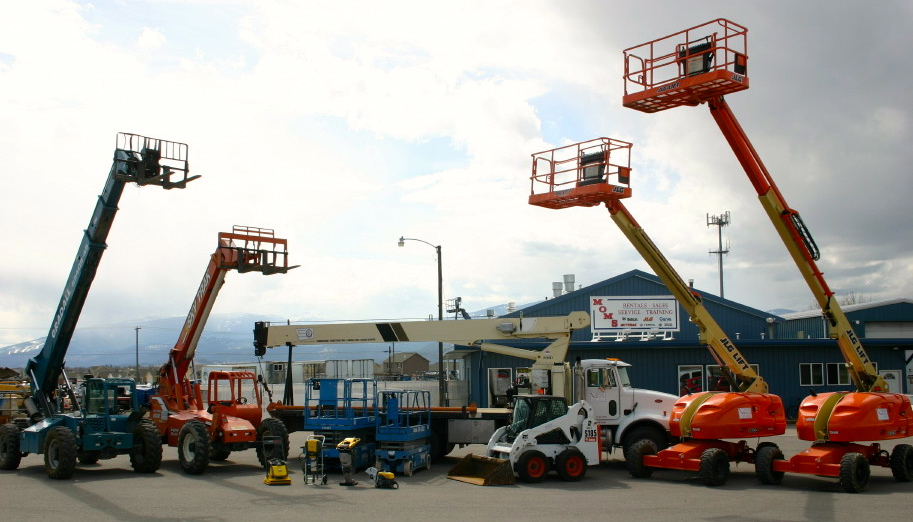Aerial Lift Rental: Versatile Training Solutions for High-Access Jobs
Optimize Your Spending Plan by Understanding the Costs Associated With Building And Construction Devices Services
Comprehending the complete scope of prices associated with building and construction devices services is important for optimizing your budget. What approaches can be utilized to properly manage these prices and make sure a much more efficient rental experience?
Introduction of Rental Expenses
When thinking about building tools rentals, understanding the linked expenses is critical for reliable budgeting and project preparation. Rental costs can differ considerably based upon a number of variables, including tools type, period of leasing, and location. The preliminary rental fee often shows the equipment's market need and its connected functional capabilities, affecting the general cost.
In enhancement to the base rental price, supplementary expenses may develop, such as transportation costs, gas additional charges, and upkeep costs. It is crucial to represent these additional costs to properly evaluate the complete cost of renting devices. The rental period can impact prices; longer leasings might certify for discounted rates, while short-term rentals may incur higher everyday fees.

Breakdown of Rental Rates
A comprehensive understanding of rental rates is essential for contractors and project supervisors intending to enhance their budget plans. Rental rates for building equipment generally contain a number of elements, including base rates, time-based charges, and usage fees.
Base rates are the core charges connected with the rental of the devices, commonly determined by the type and size of the machinery. These prices can differ substantially, affected by factors such as devices demand, schedule, and local market trends. Time-based costs, which may be daily, weekly, or monthly, offer to suit various project timelines and rental periods.
Additionally, rental prices may include use fees, which are applicable when tools is utilized beyond a specified limit, guaranteeing that the rental firm can represent wear and tear. Seasonal demand variations can also influence rental rates, with peak building and construction seasons typically regulating higher costs.
Moreover, comprehending the rental company's policies pertaining to maintenance and insurance coverage can give additional understanding into the total cost framework. By examining these elements, specialists can make enlightened decisions, ensuring the option of rental equipment lines up with both task requirements and spending plan constraints.
Extra Charges to Take Into Consideration
Recognizing the intricacies of additional fees is vital for service providers to handle their overall rental expenses efficiently. Beyond the conventional rental prices, different supplementary charges can considerably impact the total cost of devices leasing. These fees typically include shipment and pickup charges, which can vary based on range and logistics associated with transporting the equipment to and from the job website.
In addition, some rental firms might enforce fuel surcharges if the devices is returned with less fuel than when leased. It is likewise necessary to recognize prospective cleansing costs, especially for specific equipment that requires detailed maintenance after use.

Completely examining the rental agreement and making clear these added charges upfront can assist contractors guarantee and stay clear of unforeseen costs that budget plans remain undamaged throughout the project lifecycle.
Upkeep and Repair Expenditures
Regular upkeep and repair work expenditures are commonly neglected factors that can substantially influence the general price of building equipment leasings. When renting out equipment, it is critical to consider not just the rental fees however also the prospective costs related to keeping the equipment in optimal operating condition.
Many rental firms include standard maintenance as component of the rental arrangement; nevertheless, more considerable repair services or unexpected failures can cause added expenses. It's important to assess the rental contract very carefully to understand what maintenance solutions are covered and what obligations drop on the occupant.
Additionally, tools that is not well-kept can bring about ineffectiveness on the work website, possibly creating hold-ups and increasing project costs. To mitigate these risks, it is advisable to conduct regular inspections and maintain open interaction with the rental service provider concerning any issues that arise throughout usage.
Insurance Policy and Responsibility Expenses
Insurance coverage and liability costs are crucial components that can significantly influence the total cost of building equipment services (forklift rental). These prices make sure that both the rental business Get More Information and the client are protected from potential economic losses developing from accidents, damages, or theft during the rental duration

In addition, clients must understand any type of deductibles or exclusions in the insurance plan, as these can impact potential out-of-pocket expenditures. Comprehending the terms and conditions of any type of insurance protection is vital to prevent unanticipated costs. Inevitably, budgeting for insurance and liability costs can aid ensure a smoother rental experience and secure versus economic risks connected with building and construction projects.
Final Thought
To conclude, a comprehensive understanding of the expenses connected with building and construction equipment rentals is vital for reliable spending plan management. By evaluating rental rates, extra charges, upkeep expenditures, and insurance demands, individuals and companies can decrease unforeseen expenditures. This strategic method not just boosts cost-effectiveness however likewise makes sure that jobs proceed smoothly and efficiently. Ultimately, informed decision-making regarding equipment rentals adds to the total success of building and construction undertakings.
Rental prices can vary significantly based on numerous aspects, including tools type, period compact track loaders of leasing, and location (heavy equipment rental). The rental duration can impact rates; longer leasings may certify for reduced prices, while short-term rentals may sustain higher everyday fees
By performing detailed research study and involving with reputable rental business, contractors can successfully navigate the complexities of rental rates, ultimately optimizing their financial resources.
Past the basic rental prices, various extra charges can dramatically impact the overall price of equipment leasing. Rental firms frequently supply responsibility insurance coverage that covers injuries to 3rd events or damage to building, while equipment damage insurance policy can cover the cost of repair work or replacement if the rented out tools is damaged.